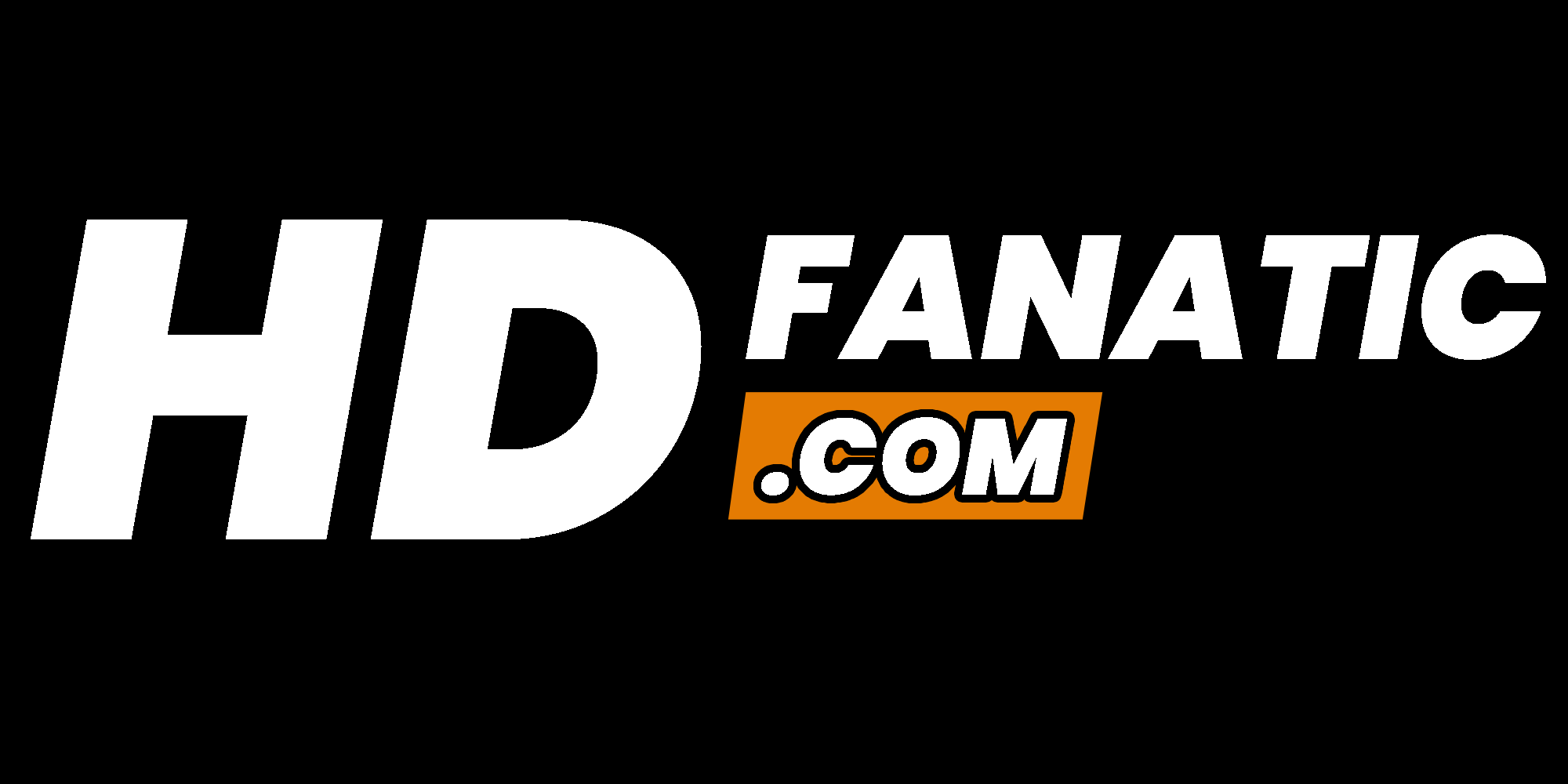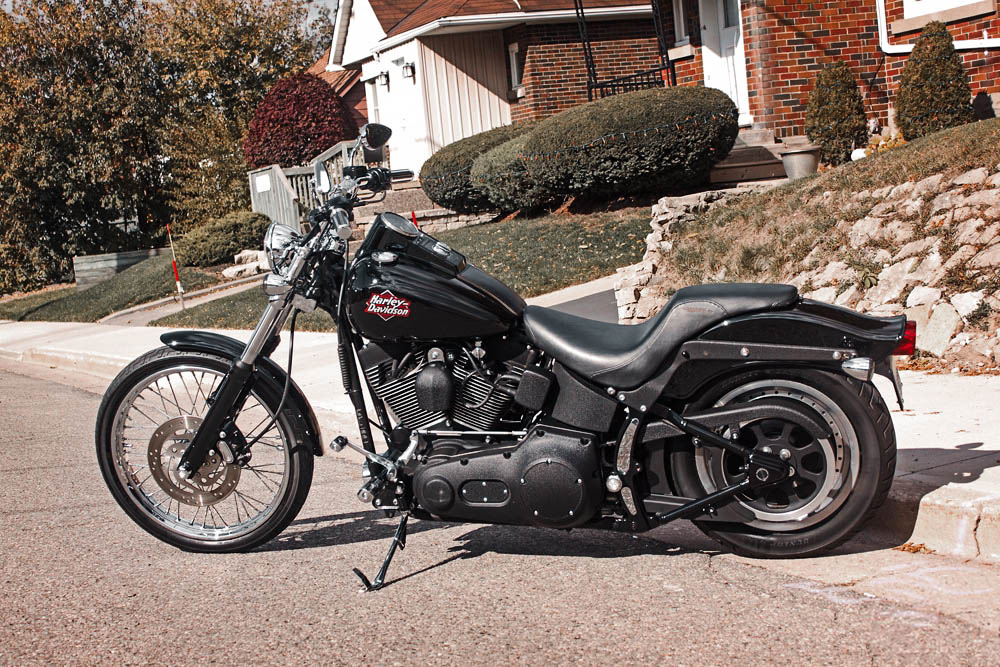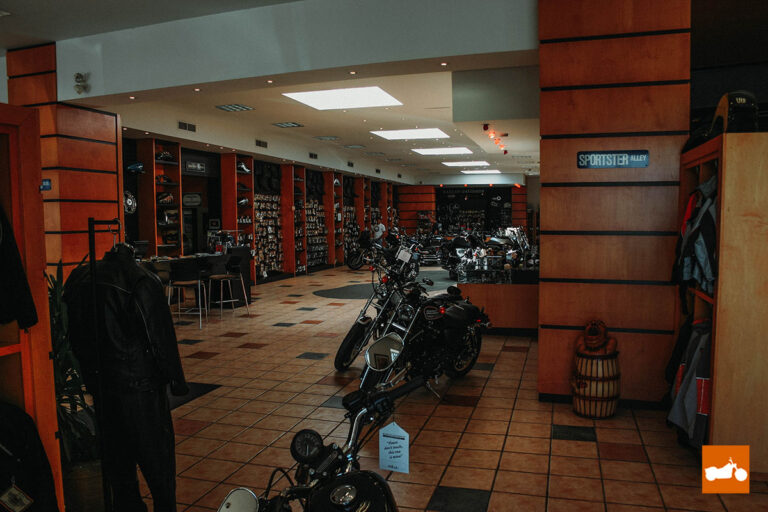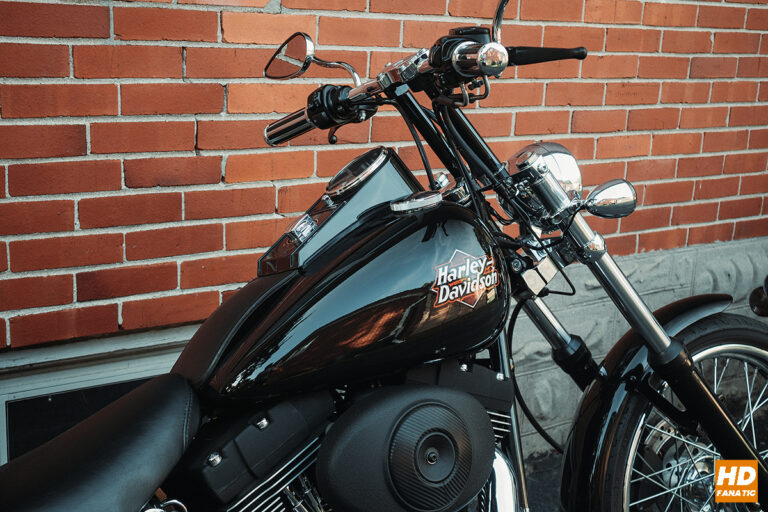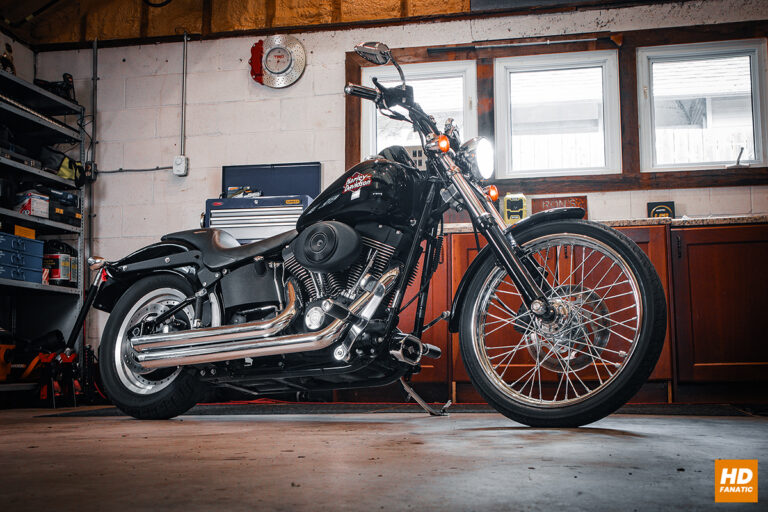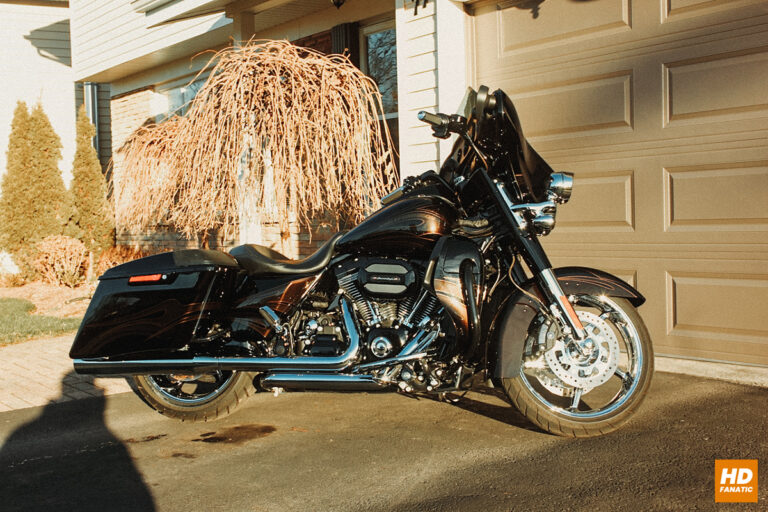THIS Is What It Costs To Own A Harley Davidson:
If you’re trying to decide if you can afford to buy a Harley Davidson, there’s more to consider than just the purchase price. Can you afford the maintenance, insurance, and other ownership expenses?
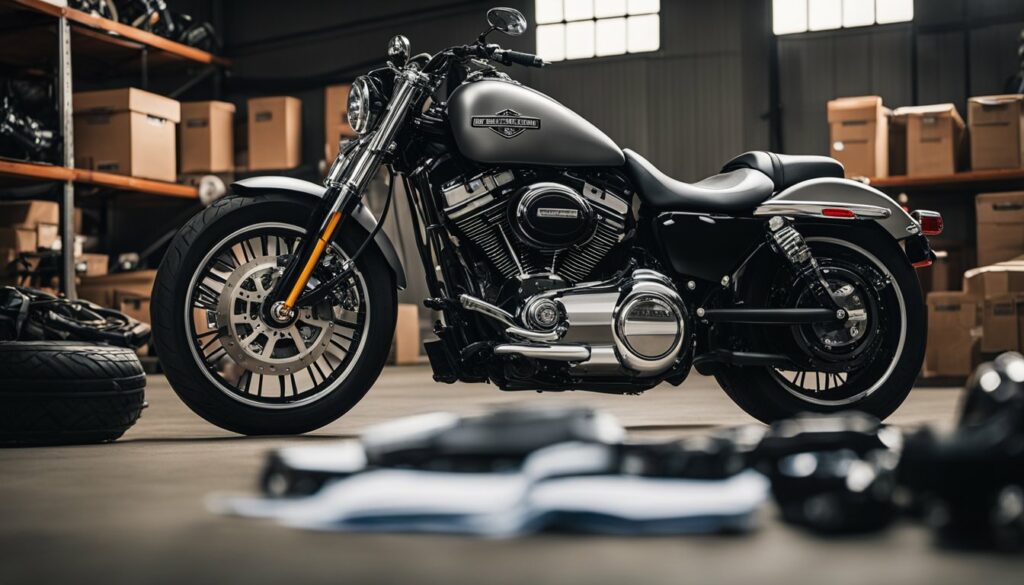
I don’t believe Harleys are particularly more expensive to own than other bikes. At least not in my experience of owning my Night Train for the last 8 years. There are some things that will cost you more than the average bike though so it’s good to keep them in mind.
Ownership Expenses You Can Expect
The following expenses are typical but might surprise an unprepared Harley buyer. In general, Harleys are very well built bikes. That doesn’t mean they won’t need any maintenance or repairs over the years though.
Maintenance and Repairs
Your Harley will need regular maintenance to keep it purring like a kitten. This includes oil and fluid changes, as well as replacing tires and brakes when they wear out.
Expect service visits at your local dealership or mechanic if you aren’t the DIY type. While maintenance costs can vary, planning roughly for these expenses helps avoid surprises.
It’s worth noting that the labor rate at most Harley dealerships tends to be between $120 and $160 per hour.
Insurance Costs
Insurance is a must-have, and costs fluctuate depending on factors like your location, driving history, and the specifics of your Harley model. Shop around for the best rates and consider your coverage options carefully to balance protection and price.
I’ve found that insurance for Harleys tends to be a bit more expensive compared to other bikes. Their higher replacement value and cost of replacement parts plays a role in that.
Parts and Accessories

There’s a common saying that anything with an HD logo on it is going to cost you. That certainly applies to the cost of parts and accessories.
You can save some money by purchasing used parts or buying aftermarket ones from places like J&P Cycles. In comparison, parts at the dealership can be laughably expensive and it’s only going to go up as the cost of everything else continues to rise.
Keep an eye on your budget, but remember that quality upgrades can also enhance your bike’s longevity and resale value.
Fuel Costs
Lastly, fill-ups are a part of life on two wheels. Fuel efficiency varies by model, but on average, you can expect your Harley to consume more gas than a smaller bike. Most Harleys run best on 91 octane which can be a pretty big leap in price over 87.
Additional Costs
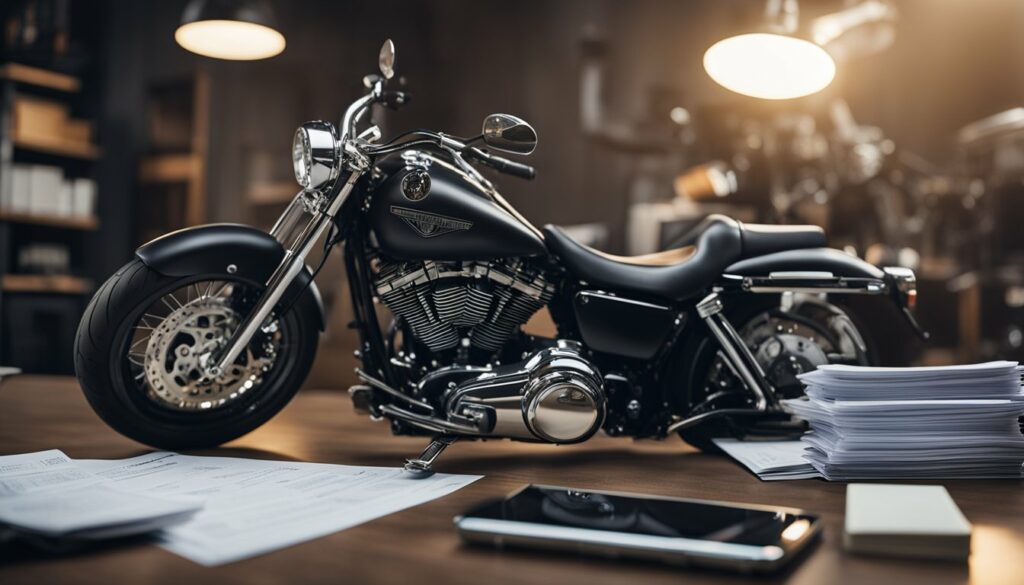
Are you planning on riding your new Harley rather than just staring at it in the garage? You’ll need to budget for gear and clothing to ride safely, as well as potential upgrades to make your bike more comfortable to ride.
Gear and Apparel
Your safety is important, so investing in quality gear and apparel is non-negotiable. Proper riding gear typically includes a high-quality helmet, a protective jacket, gloves, and boots. Here’s what you can expect to pay for gear:
- Helmet: $150 – $800
- Jacket: $150 – $500+
- Gloves: $25 – $200
- Boots: $100 – $300
Remember, these costs can vary based on brand and quality, so choose gear that balances safety with affordability.
Customization and Upgrades

Many Harley Davidson owners choose to modify or upgrade their bikes to personalize them. The price of this can climb very easily, to say the least.
It’s not always about being flashy, going faster, or making more noise though. It’s common to upgrade your handlebars, seat, or controls to make your bike fit you better or more comfortably.
Performance upgrades, such as exhaust systems or engine mods, can also add up:
- Custom Paint: $800+
- Exhaust: $500 – $1,000
- Engine mods: vary greatly
The sky’s the limit when it comes to upgrading your Harley. From swapping out grips or mirrors to big-bore engine kits and turbochargers, the possibilities are endless (and expensive!).
Financing and Taxes
The sales tax on your motorcycle will vary by state but typically ranges from 4% to 10% of the purchase price. Additionally, dealer markup and other fees may also apply.
When considering financing options, be sure to look at the APR and terms of the loan to understand the total cost over time. Your financing charges depend on your loan terms and credit score.
Managing Ownership Costs

Owning a Harley-Davidson is a great experience, but it comes with certain financial responsibilities. By being savvy with your finances, you can keep costs from spiraling.
Initial Purchase: Whether you’re eyeing a Softail or a high-end Touring bike, the sticker price is just the start. Remember to account for freight, prep, and dealer markup.
Budgeting for Maintenance: Regular service is non-negotiable for keeping your Harley in top shape. Setting aside a maintenance fund can cushion the blow of routine service charges, like the recommended 5,000-mile check-ups.
Frequent Costs:
- Fuel
- Insurance
- State registration fees
Maintenance:
- Regular service: every 5,000 miles
- Tires: replace when worn
Ride Smart: One of the simplest ways to minimize costs is to be gentle with your bike. Aggressive riding can lead to more frequent repairs and higher fuel consumption. It might be fun to rip through the gears at every light but it can cost you in the long run.
DIY Care: Learn to handle some of the maintenance on your own. Simple tasks like cleaning and minor adjustments can save you service fees.
Conclusion
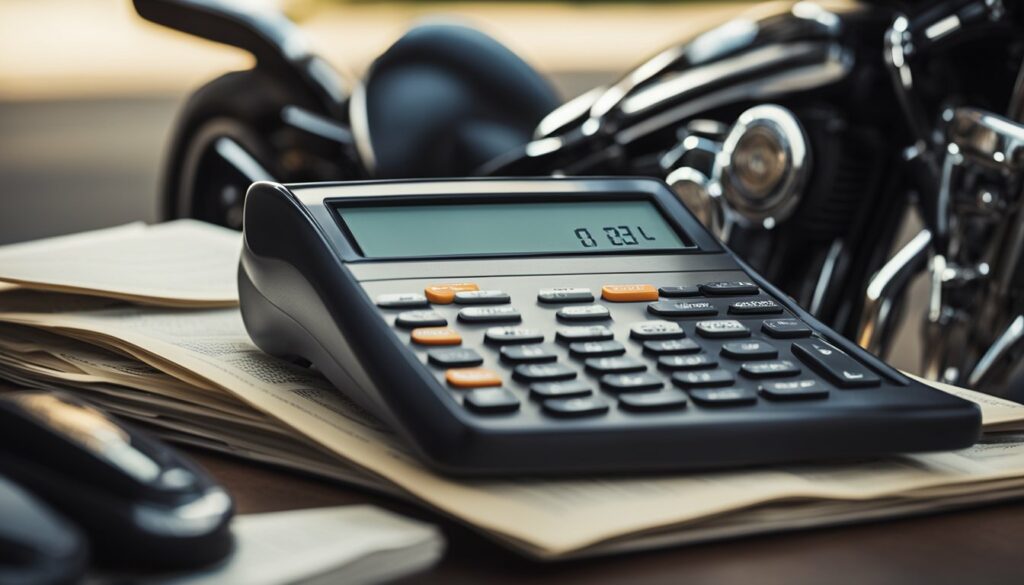
If you’re going the used route when buying your Harley, prices can be more approachable, allowing you to enjoy the reliable performance that Harley is known for, without a hefty price tag. Remember, the age of the bike can influence the cost too.
Do note that these figures can vary based on your location and the specific model you’re interested in. Additional costs such as maintenance, accessories, and insurance should also be factored into your total investment.
Embracing the Harley community means more than just owning a motorcycle; it’s joining a friendly group of enthusiasts. So, when deciding if a Harley-Davidson is right for you, consider both the financial implications and the enjoyment it can bring to your life on the open road.
